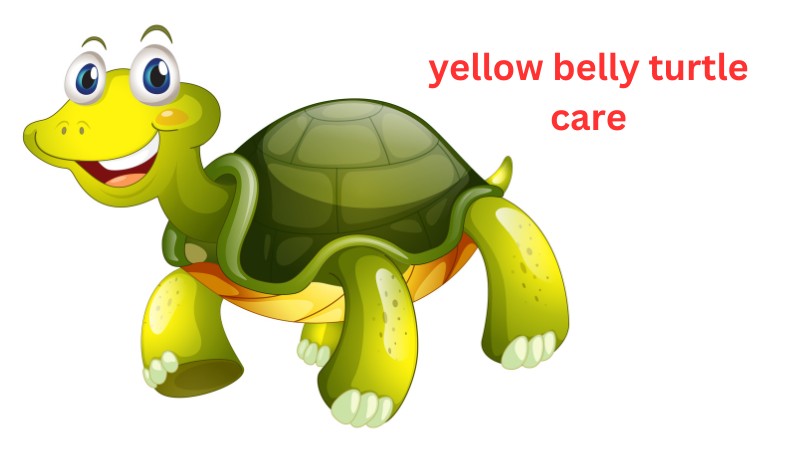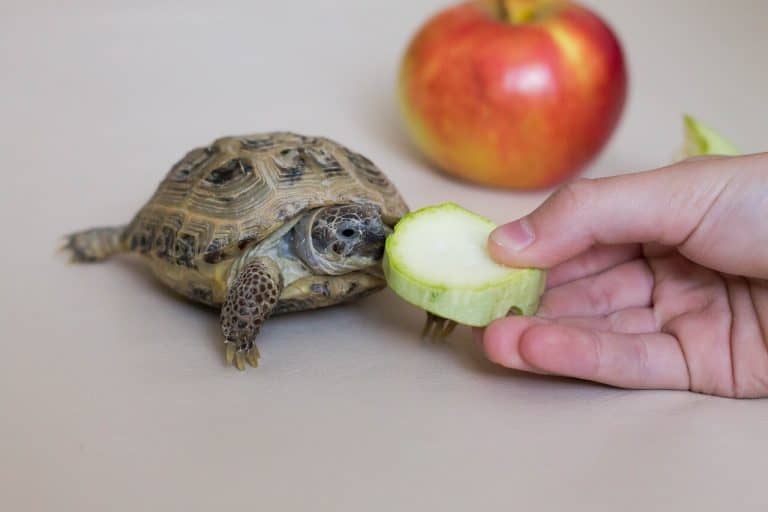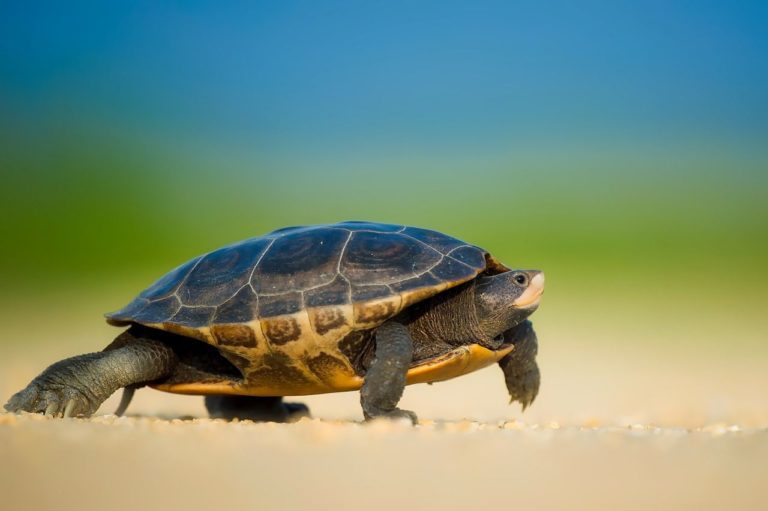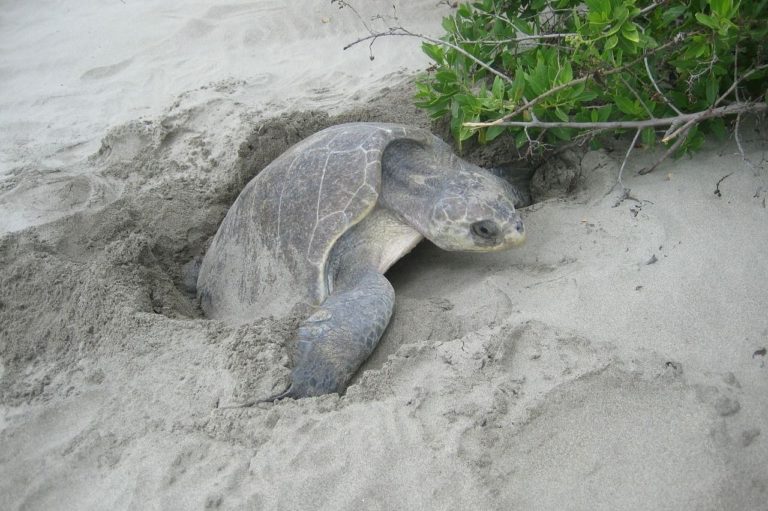yellow belly turtle care | turtlevoice
Yellow Belly Turtles are a popular choice for many pet owners. These reptiles are relatively easy to care for and have a long lifespan, which can make them great companions for those who want a low-maintenance pet. However, like any pet, they require specific care to keep them healthy and happy. In this article, we will go over everything you need to know about Yellow Belly Turtle care.
Yellow Belly Turtle:
Yellow Belly Turtles, also known as Yellow Bellied Sliders, are a type of freshwater turtle that is native to the United States. They are named for their distinctive yellow bellies and greenish-yellow stripes on their heads. These turtles are often kept as pets due to their hardiness and ease of care.
Housing Yellow Belly Turtles
Yellow Belly Turtles require an adequate amount of space to swim and bask. A good rule of thumb is to provide at least 10 gallons of water per inch of shell length for hatchlings and juveniles. For adults, you should provide a minimum of 60 gallons of water. The water should be deep enough for them to fully submerge and have enough space to swim around comfortably. You should also provide a basking area with a heat lamp to mimic the sun. The basking area should be large enough for the turtle to dry off and regulate its body temperature.
Diet and Feeding
Yellow Belly Turtles are omnivores, meaning they eat both plant and animal matter. A balanced diet for your turtle should include commercial turtle pellets, fresh vegetables, and occasional protein sources such as crickets or mealworms. Offer food once a day and remove any uneaten food after 15-20 minutes to avoid waste and bacterial growth in the enclosure.
Water Quality and Maintenance
Turtles produce a lot of waste, which can quickly degrade the water quality in their enclosure. You should invest in a good filter to keep the water clean and healthy for your turtle. A weekly partial water change of 20-30% is also necessary to maintain water quality.
Lighting and Temperature
Yellow Belly Turtles require specific lighting and temperature conditions to thrive. They need a basking area with a heat lamp to mimic the sun and regulate their body temperature. The water temperature should be kept between 75-80°F. It’s essential to provide a UVB light source to help the turtle metabolize calcium, which is essential for proper shell and bone growth.
Handling and Interaction
While Yellow Belly Turtles are not typically handled like other pets, it’s essential to interact with them regularly to keep them socialized. Avoid handling them excessively or roughly as they are delicate creatures. Always wash your hands before and after handling them to avoid transmitting bacteria.
7. Common Health Issues
Yellow Belly Turtles are prone to several health issues if not given proper care. Some common health problems include respiratory infections, shell rot, and vitamin deficiencies. Be sure to monitor your turtle’s behavior and appearance and consult a veterinarian if you notice anything unusual.
FAQs
Feed your turtle once a day and remove any uneaten food after 15-20 minutes.
A good rule of thumb is to provide at least 10 gallons of water per inch of shell length for hatchlings and juveniles. For adults, you should provide a minimum of 60 gallons of water.
Yes, they can. However, it’s essential to ensure that the enclosure is large enough to accommodate all turtles and that they have enough space to swim and bask.
A weekly partial water change of 20-30% is necessary to maintain water quality. Additionally, clean the enclosure thoroughly once every month.
Some signs of a healthy turtle include clear eyes, smooth skin, and an alert and active demeanor. If you notice anything unusual, such as lethargy or lack of appetite, consult a veterinarian immediately.
8. Conclusion
In conclusion, Yellow Belly Turtle care requires a bit of effort but can be incredibly rewarding. By providing a suitable environment, a balanced diet, and regular interactions, you can help ensure that your turtle lives a long and healthy life.






